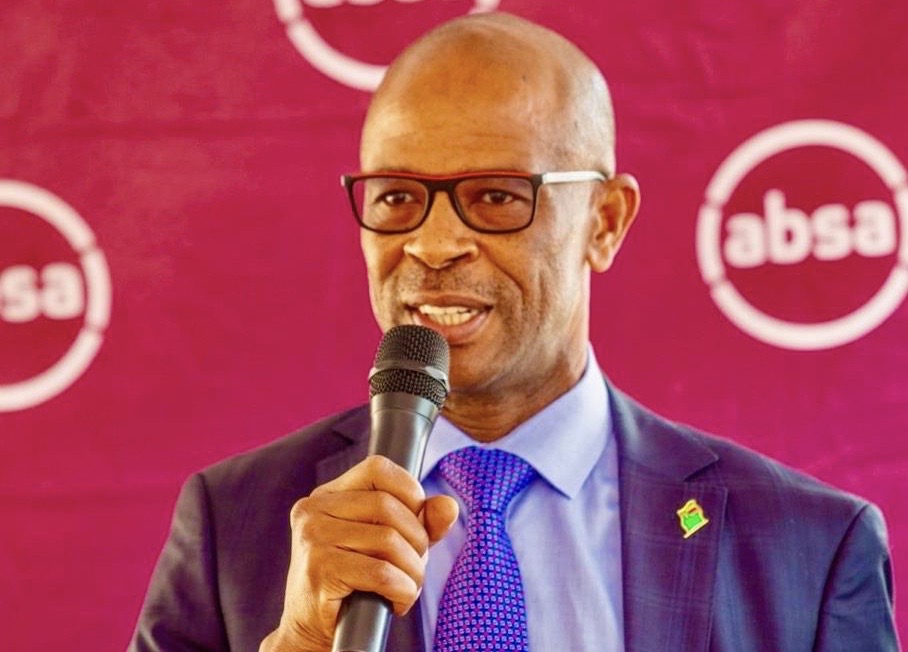Zambia’s central bank will hold its first rate decision meeting, post default will seek to manage a potential currency rout exacerbated by general asset sell-off pressure as investors fret over deepening fiscal fragilities. Deliberations on the monetary policy stance that will prevail over the remainder of the year 2020, commenced on Monday 16 November and will run for two days traditionally with the apex being Wednesdays November 18 announcement. This will be Christopher Mvunga’s debut session at which the markets remain expectant on what measures will be announced to curb exchange rate depreciation post disease pandemic and the most recent default on its dollar bond coupon payment due last Friday.
The last rate decision meeting was expansionary
The last MPC saw rates trimmed 125 basis points to the lowest ever in Zambia’s history since the MPR started to be tracked. At 8%, consensus around the committee targeted reigning in on COVID related credit shocks which clearly the Bank of Zambia sought to manage. The central bank has been actively involved in Open Market Operations – OMO injecting circa K1.5billion on a weekly basis in addition to a bond buy back program culminating in domestic debt restructure and coinciding with fiscal needs to stimulate the economy through pandemic bond issuances. Inflation and the currency have remained fairly bearish with cost push effects taking a toll on business pulse as measured by Purchasing Managers Index -PMI which remains in the doldrums for the last 20 months (>50). Persistent themes weighing being energy deficits, high fuel prices and currency weakness have weighed business fabric for close to 2 years.
Still in the labyrinth of constrained growth
In labyrinth of constrained growth, targeted at -4.2% in 2020, yet expected to ‘V’ shape rebound to 1.8% in 2021, lockdown effects are yet to flush out of the business ecosystem as Zambia’s private sector navigates an elevated and constrained cost environment given energy bottlenecks that have persisted while pump prices last saw a decent ebb in adjustment in 2019. Despite the Kwacha price of crude ebbing 38% lower in the year when oil prices close to crashed the Energy Regulator did not pass on reprieve to manufacturers.
Dollar scarcity could breed a parallel market
Dollar scarcity continues to grip the red metal producer with backlogs of demand as the central rations currency supply while simultaneously grappling with falling reserves at decades lows of $1.4billion translating to under 2.3 months of import cover. The economy remains susceptible to external shocks especially with amplified economic effects given disease pandemic adversity of the public purse.
The Kwacha slide remains the steepest of all African currencies recording 42% slide year to date which coupled with liquidity constraints has bred transfer and convertibility risks, the biggest credit risk only surpassed by default risk effects which eminently will force other rating agencies to align their October ratings to selective or actual default. Earlier Standards and Poor’s had lowered Zambia’s assessment to selective default while Moody’s kept its rating for the read metal at ‘Ca’ while Fitch was pegged at ‘CCC-‘. This will transmit to credit models to cause a greater risk weighting for sovereign assets suffice impairments are expected to blow out for most commercial banks. Non Performing Loan ratio remains above the prudential threshold of 10% at 12.3%.
Backlogs a hedge against aggressive currency rout
The currency backlog however remains a self-hedge for Zambia to curb currency rout from asset sell off pressure from players such as BNP Paribus who announced that they will be suspending custodial services in Zambia. However their clients could just add to the backlog list seeking currency to ‘capital flight’ from the Zambian market. The markets however had already priced in a default and as such we do not expect the Kwacha to sell -off as much.
We attached an 85% likelihood that rates will be kept unchanged at 8% though with some interventions on the foreign currency side to manage inflation and panic in the markets. The remaining 15% chance is for any upward adjustments which is very unlikely under the current circumstances. However the central bank may not for long embark of expansionary monetary policy as pressure to keep variables in check points to rate hikes which in COVID period has been defied.
The Kwacha Arbitrageur


2 Comments
Pingback: Daily FiZ - Tuesday 17/11 - Financial Insights
Pingback: Zambia's Central Bank keeps rates tad in Mvunga's debut MPC, quashes speculation on dollar account ban | The Business Telegraph